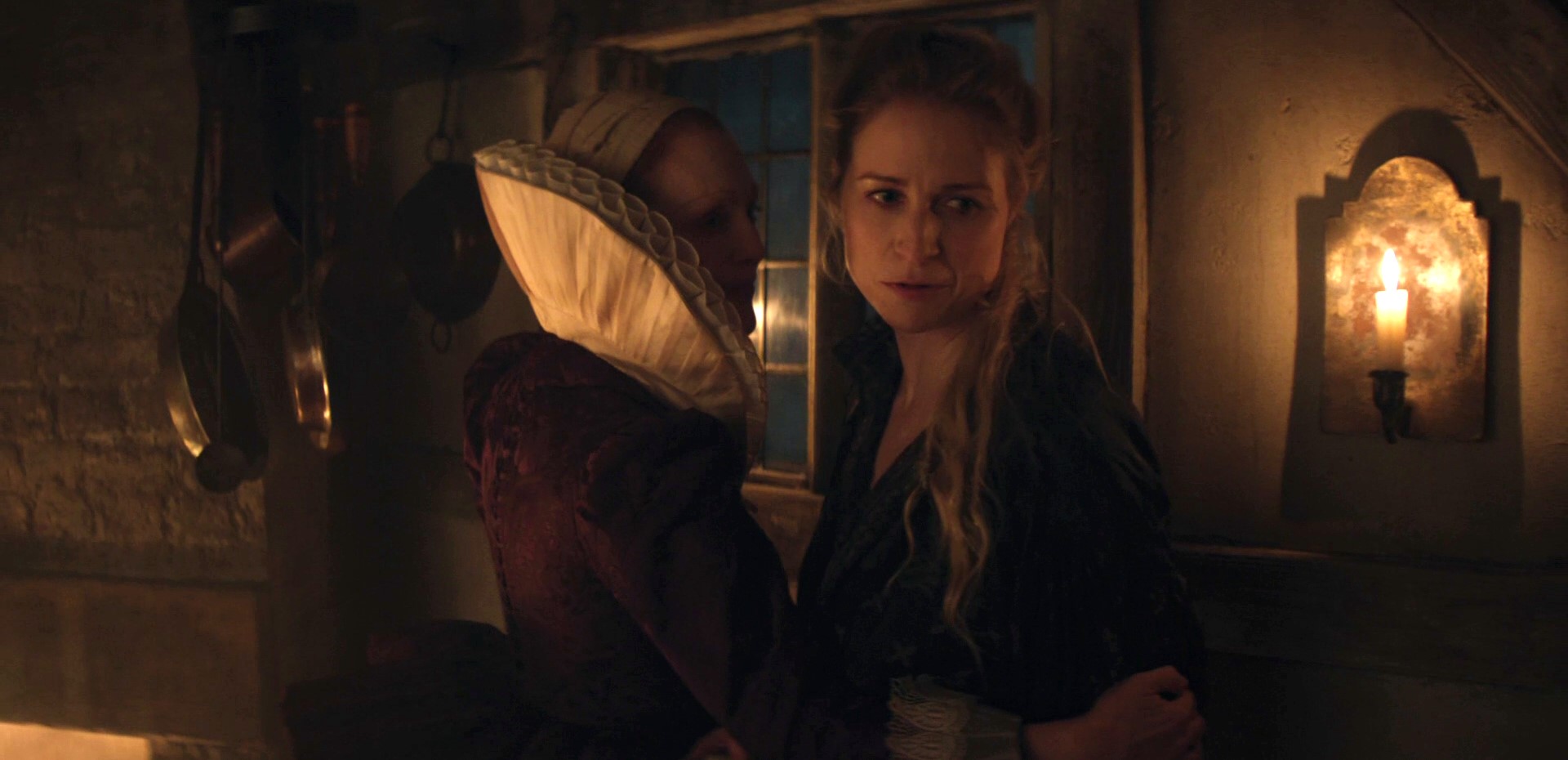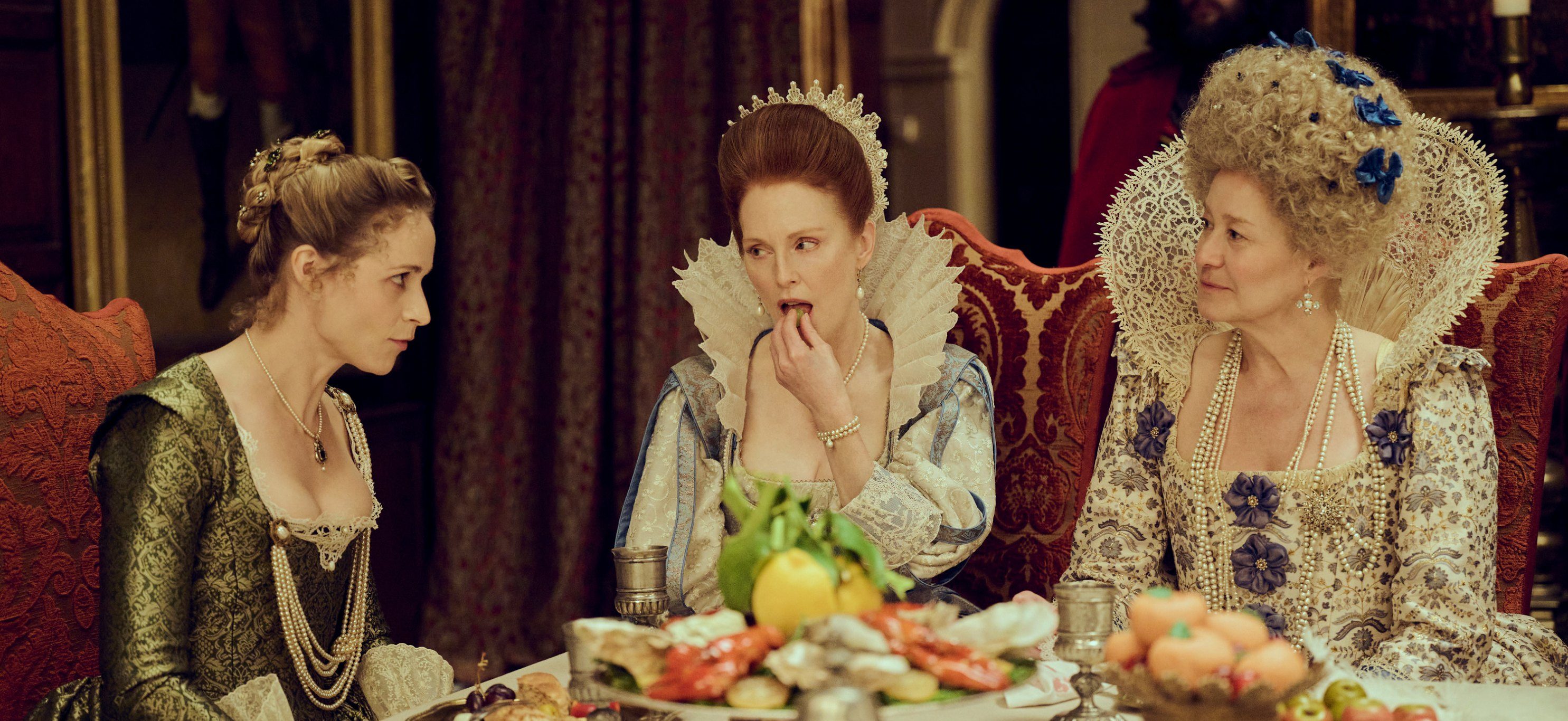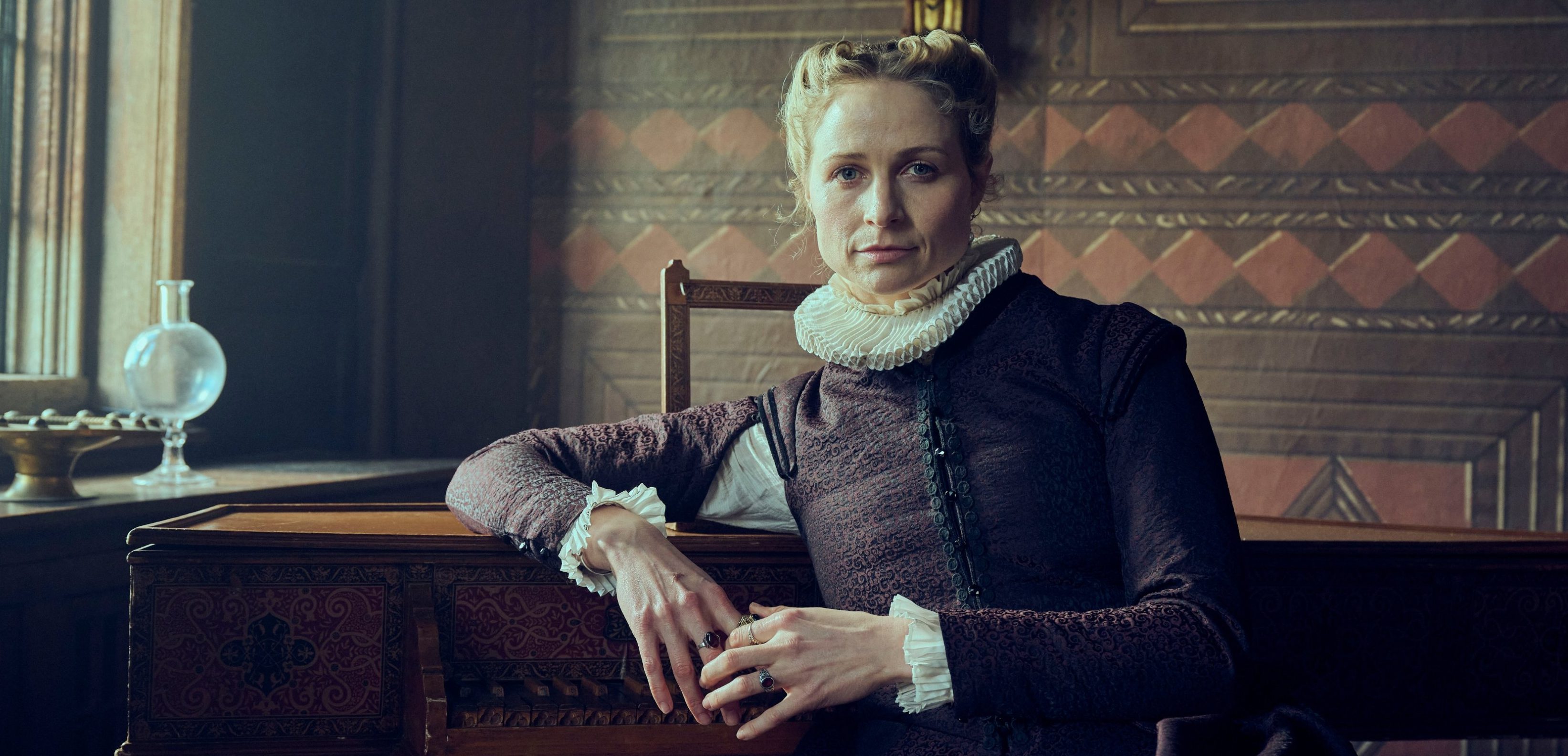After marrying Sir Thomas Compton to maintain her social status, Mary Villiers finds companionship in a prostitute named Sandie in Starz’s historical drama series ‘Mary & George.’ When Mary sets out to captivate James VI and I to increase her fortunes using her son George Villiers, Sandie becomes her right-hand woman. The two women not only share intimacy but also eliminate the rivals of George in the court of the king, specifically the Earl of Somerset and his wife, the Countess of Somerset. Even though the period show is based on a true story, creator D. C. Moore did integrate elements of fiction into the narrative. Niamh Algar’s character is one of them!
The Intentions Behind Creating Sandie
Sandie is a fictional character creator D. C. Moore conceived for varying reasons. First of all, the screenwriter wanted his show to open a window into how life was in 17th-century England. While Mary and George Villiers’ lives helped him explore the chambers of the British royalty of the time, Moore made use of Sandie to depict how common folks survived during the same period. “I did want some class analysis in this show, to see the different costs for people from different classes,” the creator told Decider. Even though Sandie loves Mary, she makes sure that she is being paid by the latter since her living conditions don’t allow her to offer her services for free.

The show also focuses on the contradicting ambitions of a noblewoman like Mary and a prostitute like Sandie through Niamh Algar’s character. While Mary dreams of garnering titles, wealth, and prestige from King James, Sandie wants to grow “fat,” away from the people who have been using her body to satisfy their sexual desires. As a woman who has grown up in the English streets, likely without essentials for her day-to-day survival, Sandie knows the value of food, shelter, and peace, which aren’t the concerns of her lover Mary at all. These differences in their ambitions showcase how the classes they respectively represent varied in the 17th century.
As far as the available historical accounts concerning Mary are concerned, she didn’t have a same-sex relationship with a woman like Sandie. Still, Moore “invented” their relationship to portray how Mary differentiates men and women. “With men, she [Mary] has always been in a place where it feels transactional. She’s needed men to survive financially. She doesn’t feel she needs Sandie for anything but companionship, and that love and intimacy is something that Mary craves,” the screenwriter told USA Today. While spending her time with Sandie, Mary is not worried about being vulnerable. She doesn’t even attempt to pretend to be strong, which isn’t the case with her when she is around men such as the Earl of Somerset or Sir Francis Bacon.

Even though Sandie and Mary’s queer romance is fictional, it is not unjustified. Sandie can be seen as a representative of the numerous queer woman who did exist during the 17th century who couldn’t embrace their real identity due to societal restrictions. That is why Algar considers her character important. “Because they [independent and openly queer women] exist! Just because they weren’t written down and documented doesn’t mean that they weren’t there. History can be rewritten. In the 17th century, the history of women and what women did was never documented because that would have been giving a voice to a woman,” the actress told DIVA.


You must be logged in to post a comment.